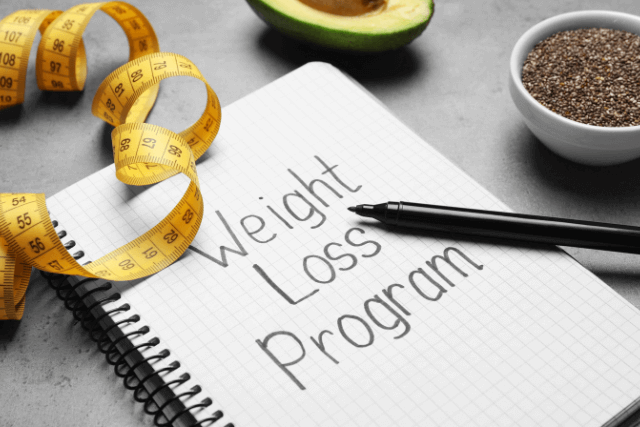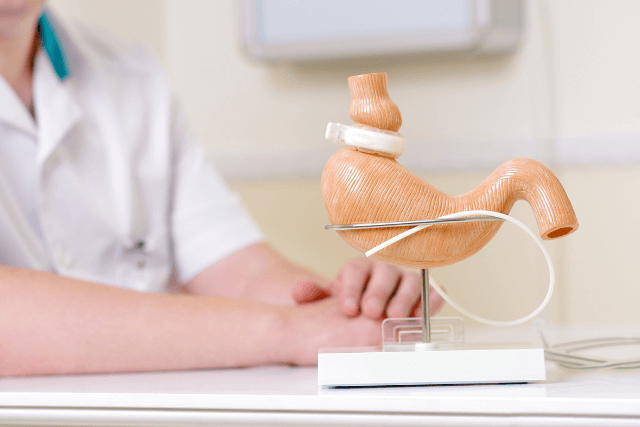Breastfeeding is a natural and rewarding experience for many mothers. However, if you have breast implants or are considering them, you may wonder: Is breastfeeding with breast implants safe? This question is common and important, as many women want to ensure the health and safety of their babies while maintaining their body confidence.
In this comprehensive guide, we will explore the facts about breastfeeding with breast implants. We will explain how implants might affect milk production, possible risks, and what you can do to support successful breastfeeding. Additionally, we will address common concerns, backed by scientific research and expert opinions.
What Are Breast Implants?
Before diving into breastfeeding specifics, it helps to understand what breast implants are. Breast implants are medical devices placed under breast tissue or chest muscles to enhance breast size or restore volume after weight loss or pregnancy.
There are two main types of breast implants:
- Saline implants: Filled with sterile salt water.
- Silicone implants: Filled with silicone gel, which feels more like natural breast tissue.
Surgeons can place implants using different techniques and incisions, affecting the surrounding breast tissue in varying ways.
How Breastfeeding Works: A Quick Overview
Breastfeeding relies on the complex interaction of milk-producing glands, ducts, nerves, and hormones. Milk forms in the lobules, small glands inside the breast, and travels through ducts to the nipple, where the baby latches and feeds.
Successful breastfeeding requires:
- Healthy milk production
- Unobstructed milk flow
- Proper baby latch and suckling
Any factor that disrupts this system can affect breastfeeding success.
Implant Placement Matters
The surgeon typically places implants either:
- Subglandular: Just under the breast tissue but over the chest muscle.
- Submuscular: Under the chest muscle.
Studies show that implants placed under the muscle (submuscular) tend to have less impact on milk production compared to those placed directly under the breast tissue (subglandular). The muscle layer provides a buffer that preserves milk glands and ducts.
Incision Type Influences Outcomes
The type of surgical incision can affect breastfeeding. Common incision sites include:
- Inframammary: Under the breast fold.
- Periareolar: Around the nipple.
- Transaxillary: Through the armpit.
Among these, the periareolar incision has a higher risk of disrupting nerves and milk ducts critical for breastfeeding. This disruption can reduce milk production or cause nipple sensation changes, affecting let-down reflex.
In contrast, inframammary and transaxillary incisions usually spare these nerves and ducts, leading to better breastfeeding outcomes.

Effect on Milk Production
Research indicates that while many women with implants breastfeed successfully, a small percentage may experience reduced milk supply. The reasons include:
- Nerve damage affecting the let-down reflex
- Disruption of milk ducts
- Scarring around milk glands
Nonetheless, most mothers with implants produce sufficient milk to nourish their babies.
Does Breastfeeding Affect Implants?
Many mothers wonder if breastfeeding can damage or affect breast implants. The reassuring answer is no. Breastfeeding does not typically harm implants or change their position. Moreover, implants do not leak into breast milk, so there is no known risk to the baby.
Common Breastfeeding Challenges with Implants
While many women breastfeed without issues, some may face challenges. Knowing these challenges helps prepare and address them effectively.
Nipple Sensitivity Changes
Some women experience altered nipple sensation after implant surgery, especially with periareolar incisions. Reduced sensation can affect the milk let-down reflex, thus making breastfeeding more difficult.
Low Milk Supply Concerns
In rare cases, surgery-related nerve or duct damage can reduce milk supply. However, supplementary feeding and lactation support often help overcome this challenge.
Psychological Factors
Mothers with implants may worry about their milk supply or fear harming their baby, which can affect breastfeeding confidence. Support and education are crucial to overcome these concerns.
Tips for Successful Breastfeeding with Breast Implants
If you have breast implants and plan to breastfeed, here are some helpful tips:
- Consult your surgeon: Discuss your breastfeeding plans before surgery to choose techniques that preserve milk production.
- Seek lactation support: Work with lactation consultants experienced with augmented breasts.
- Watch for baby’s latch: Ensure a good latch to stimulate milk production effectively.
- Monitor milk supply: Regular feeding or pumping helps maintain supply.
- Be patient: Some mothers may need time for milk flow to normalize.
Expert and Research Insights
Many studies and expert panels affirm the safety of breastfeeding with implants. For example, the American Society of Plastic Surgeons (ASPS) states that most women with breast implants can successfully breastfeed.
Research published in journals such as Plastic and Reconstructive Surgery confirms that implant placement and incision type influence breastfeeding success but do not prohibit it.
Addressing Safety Concerns for Baby
It is natural to ask if implants or their materials can affect your baby. Current evidence shows that silicone and saline implants do not leak harmful substances into breast milk.
Furthermore, breastfeeding with implants poses no known risk to infant health. Your milk remains safe, nutritious, and beneficial.
When to Seek Medical Advice
If you face difficulties breastfeeding with implants, don’t hesitate to seek medical help. Signs to watch for include:
- Persistent low milk supply
- Painful or difficult nursing
- Infant weight gain concerns
Early intervention and support improve outcomes for mother and baby.
Psychological Benefits of Breastfeeding with Implants
Beyond physical health, breastfeeding promotes bonding and emotional well-being. Many mothers with breast implants cherish the opportunity to nurture their babies naturally, enjoying both the physical and emotional rewards.
Maintaining Breast Health with Implants
Regular check-ups with your healthcare provider ensure implant and breast health. Imaging tests like mammograms or MRIs can monitor implants and detect any issues early.
Additionally, maintaining a healthy lifestyle supports overall breast and milk-producing tissue health.
Frequently Asked Questions
Q: Can all women with breast implants breastfeed?
A: Most women can, but individual results vary based on surgery type and other factors.
Q: Do implants reduce milk quality?
A: No, implants do not affect the nutritional quality of breast milk.
Q: Should I wait after surgery to breastfeed?
A: Ideally, wait until your body has healed and consult your healthcare provider.
Q: Can breastfeeding cause implants to sag?
A: Breastfeeding itself does not cause sagging; factors like pregnancy and aging do.
Conclusion: Breastfeeding with Breast Implants Is Generally Safe
To conclude, breastfeeding with breast implants is safe and possible for most women. While certain surgical factors can influence milk production and breastfeeding ease, many mothers successfully nurse their babies without issues.
Choosing the right surgical technique and seeking lactation support enhances your chances of success. Importantly, implants do not pose risks to your baby or your milk supply.
If you have breast implants or plan to get them, discuss your breastfeeding goals openly with your surgeon. Armed with accurate information and support, you can enjoy the rewarding experience of breastfeeding while feeling confident in your body.



